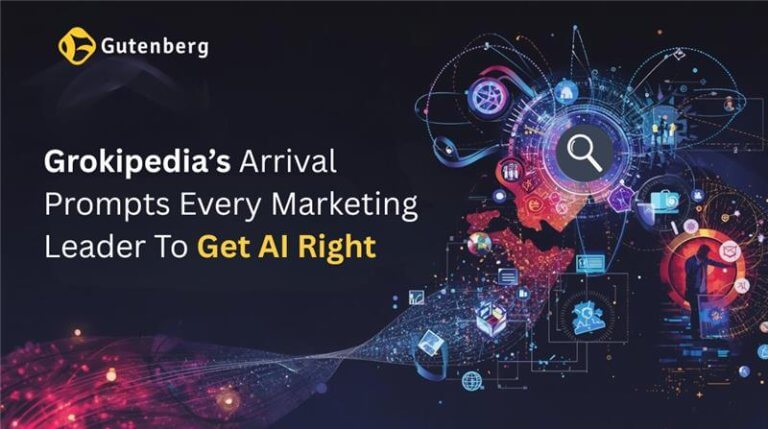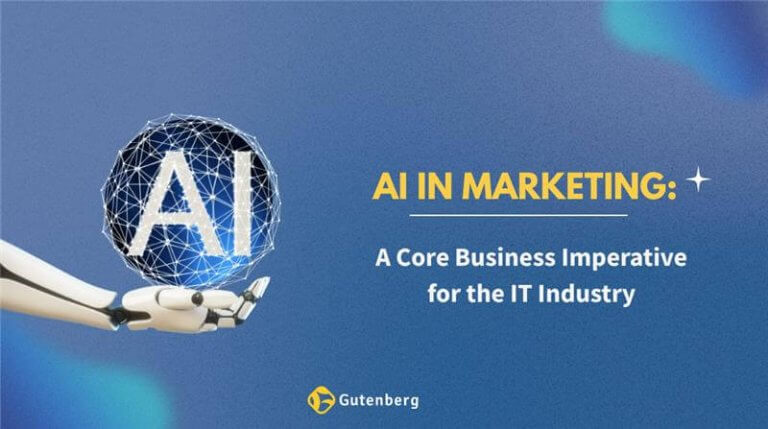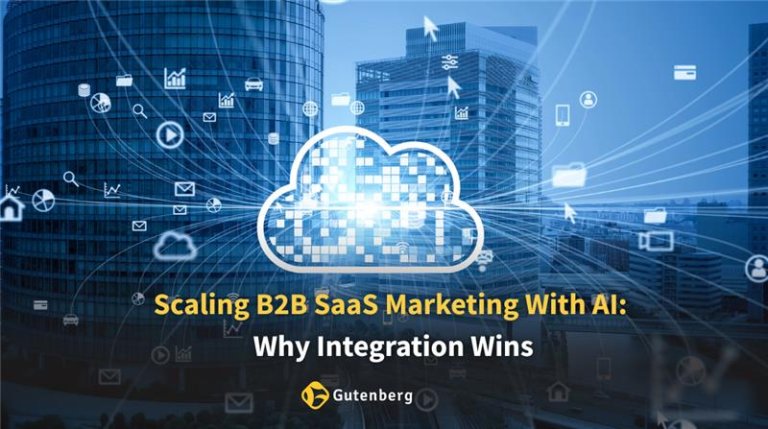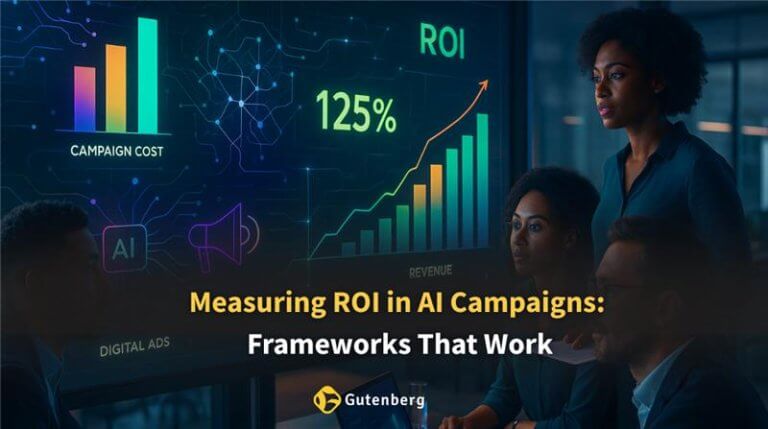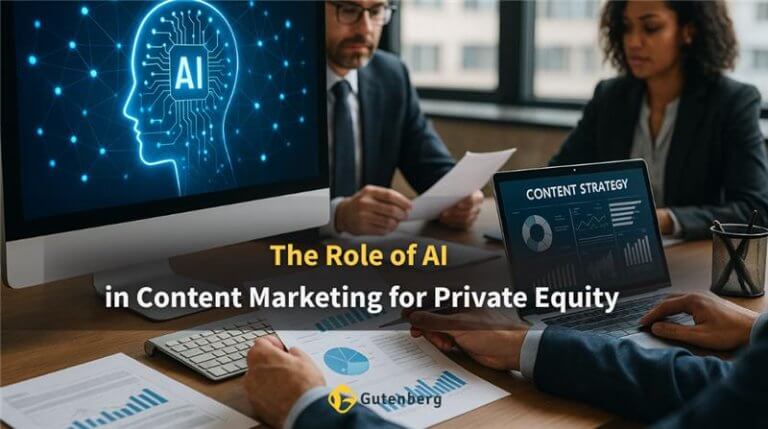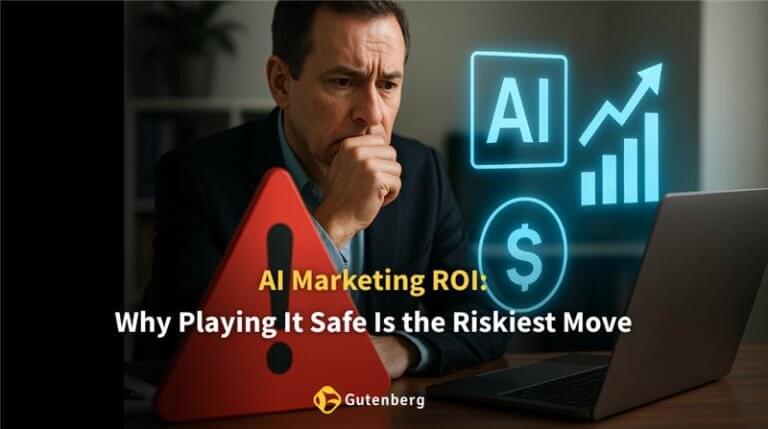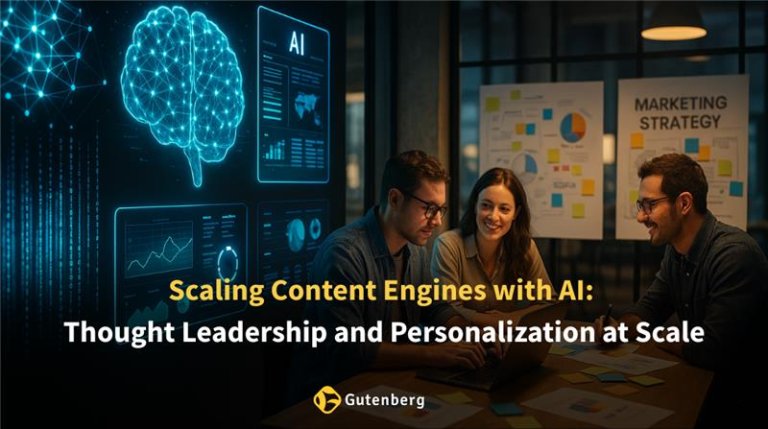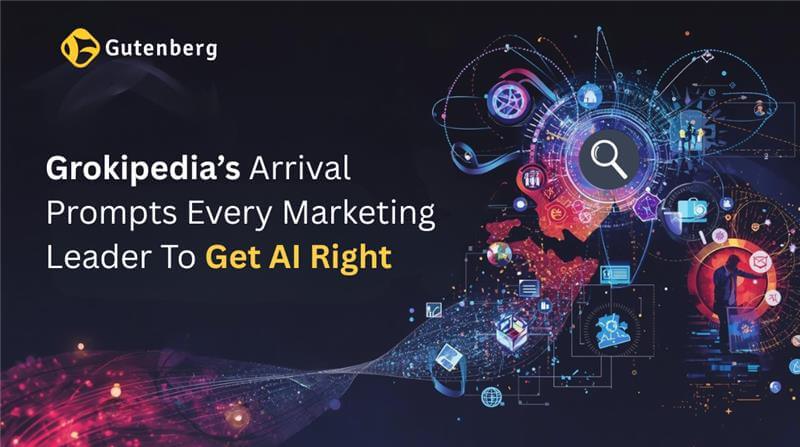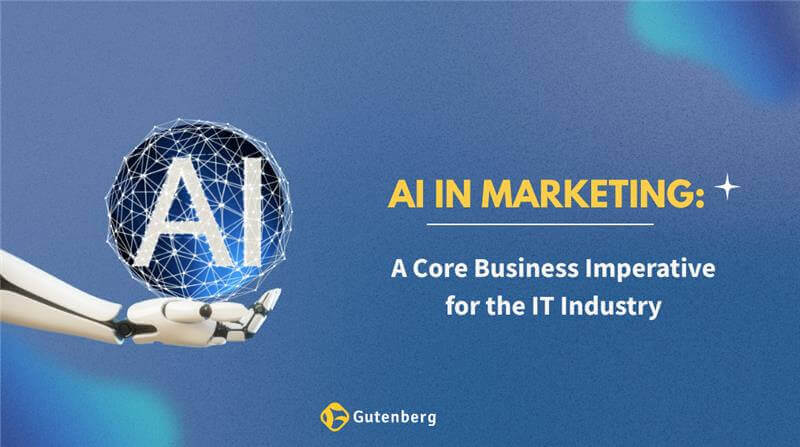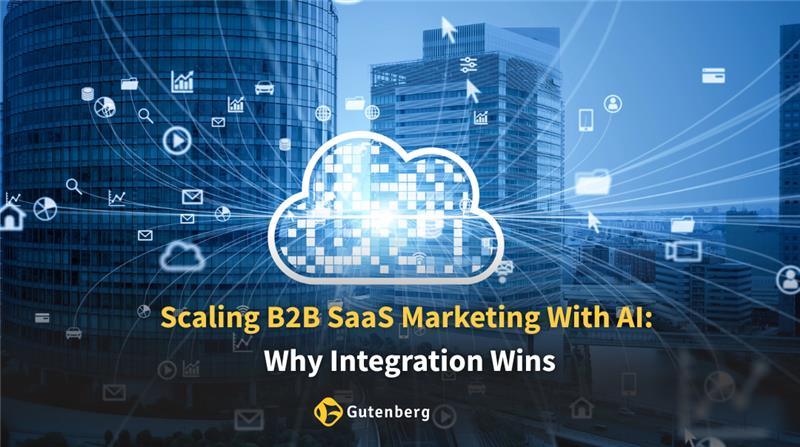The marketing playbook has been rewritten by generative tools, automation, and advanced analytics. Yet, high-performing brands quickly discover the limits of relying only on algorithms. This blog explores why blending AI and human insight in marketing is essential, examines key AI marketing limitations, and shows how to structure a winning hybrid marketing strategy grounded in real-world results. Readers will see how leaders use AI-assisted decision making for scale while still weaving in creativity and trust.
The Rise of AI: Transforming Marketing, But Not Replacing Human Insight
Core Functions of AI in Today’s Marketing
AI and automation continue to reshape the marketing industry by:
- Automate: Automating content creation, segmentation, and personalized outreach
- Analyze: Powering analytics for rapid testing and campaign performance measurement
- Scale: Scaling routine tasks so teams can target audiences and drive conversions faster
Recent data underscores this shift: in 2024, 78% of organizations reported using some form of AI across business functions, with marketing and sales at the top.
Accelerating Trends
Most marketers, 71%, now use generative AI tools regularly, with content creation, analytics, and campaign optimization among the leading uses. HubSpot, 2024 The global market value tied to AI-driven marketing is projected to reach $47 billion in 2025. Statista, 2025
But as these tools become standard, the need for human strategy has never been clearer.
AI Marketing Limitations and the Power of Human Insight
The Gaps Machines Cannot Fill
The surge of AI and human insight in marketing is reshaping how brands operate, but not every challenge yields to automation. Teams quickly encounter the following AI challenges in marketing:
- Reliability concerns: AI-generated results are not always accurate or on-brand
- Creativity and nuance: Only 47% of marketers feel confident integrating AI strategically, and nearly half struggle to measure its true impact.
- Brand trust risks: With only 26% of consumers saying they trust brands to use AI responsibly, over-reliance can erode customer relationships. Statista, 2025
The Lasting Value of Human Touch
- Judgment: Human judgment keeps campaigns culturally relevant, accurate, and emotionally resonant
- Oversight: Teams provide oversight for ethical risks, consumer trust, and compliance
- Storytelling: Storytelling, empathy, and narrative remain the domain of experienced marketers, especially when algorithms lack context
Hybrid Marketing Strategy: The Modern Best Practice
What Does a Hybrid Approach Look Like?
Brands achieving lasting impact build a hybrid marketing strategy where both systems work in sync. The table below shows typical tasks with the ideal balance of AI and human roles:
| Task | Best Powered By | Human Role |
|---|---|---|
| Data aggregation/analysis | AI | Interpretation, context |
| Campaign automation | AI | Final review, compliance |
| Brand storytelling | Human | Creative leadership |
| Personalization at scale | AI + Human | Narrative enhancement |
Best Practices for Hybrid Teams
- Human review: Human review of all AI content and campaigns, especially for legal, ethical, and cultural factors
- Collaboration: Collaborative workflows uniting data, creative, and compliance experts
- KPIs: Setting clear KPIs for both automation efficiency and audience engagement
Recent data shows this integrated AI-human strategy saves teams 30–50% on repetitive tasks while delivering higher campaign engagement. HubSpot, 2024
AI-Assisted Decision Making: Supercharge Outcomes With Human Oversight
The promise of AI-assisted decision making is speed and scale, but its full value is realized only with informed guidance.
- Trust levels: 51% of marketers “mostly trust” AI insights, but just 14% fully rely on them.
- Audits: Regular audits and sense checks by experienced team members are critical to catch errors, bias, or off-brand recommendations
Data-driven optimization is powerful, but context and judgment remain non-negotiable.
GEO Optimization and Multimodal Content: Winning Search in 2025
What’s GEO and Why Does It Matter?
Generative Engine Optimization (GEO) is about making content discoverable for both search engines and AI-powered platforms. Blending human-AI collaboration creates content that meets structured data requirements, freshness signals, and EEAT benchmarks. Multimodal assets such as text, video, and interactive diagrams further support visibility and authority.
Gutenberg’s Hybrid Platform: The Future of High-Trust Marketing
Why Choose Gutenberg for Your Hybrid Marketing Needs?
Gutenberg offers a dual-powered marketing approach that balances large-scale AI-assisted content production with embedded human quality assurance and editorial oversight. This approach is designed to serve regulated industries, global markets, and reputation-driven products with clarity and safety.
Gutenberg provides comprehensive full-spectrum marketing solutions combining automation with human expertise to ensure faster delivery and trusted outcomes. Whether the goal is large-scale content or strategic campaign planning, the platform emphasizes accuracy, compliance, and brand voice.
Key Recommendations for Marketers in 2025
- Team: Build diverse, cross-functional hybrid teams
- Balance: Use AI-human integration to balance automation and creativity
- Review: Continuously review for bias, accuracy, and legal risk
- EEAT: Invest in EEAT, updated content, and multimodal assets
- Platform: Consider hybrid platforms that centralize trustworthy workflows
Conclusion
Marketing leaders in 2025 are not asking whether AI will replace humans. They are asking how humans and AI can work together for better outcomes. AI brings unmatched scale, efficiency, and data-driven optimization. Humans bring creativity, cultural awareness, and the trust that builds lasting customer relationships. A successful balanced marketing framework blends these strengths seamlessly, ensuring campaigns are not only faster but also more meaningful.
By using AI-assisted decision making with human oversight, companies protect their reputation while maximizing results. The future of marketing is not machine versus human—it is both working together.
FAQs
1. What are the main limitations of AI in marketing?
The biggest constraints of AI tools include reliability issues, lack of creativity, and risks to consumer trust. AI-generated results often require human oversight to ensure accuracy and brand alignment.
2. Why is human insight still important in AI-driven marketing?
Human expertise ensures campaigns remain culturally relevant, emotionally engaging, and ethically sound. Machines cannot fully replicate empathy, storytelling, or nuanced brand voice.
3. What is a hybrid marketing strategy?
A hybrid marketing strategy combines AI automation for tasks like analytics and personalization with human oversight for creativity, compliance, and brand trust. This human-guided AI strategy drives both efficiency and authenticity.
4. How does AI-assisted decision making improve marketing results?
AI-assisted decision making provides rapid data insights at scale, while human teams validate recommendations, catch errors, and ensure contextually sound choices. This balance boosts campaign performance.
5. What is Generative Engine Optimization (GEO) in marketing?
GEO is the practice of optimizing content for both traditional search engines and AI-driven platforms. It focuses on structured data, freshness signals, and EEAT guidelines to increase discoverability.
6. How does multimodal content support SEO and GEO?
Multimodal content—such as blogs, videos, and visuals—strengthens visibility by meeting diverse search preferences and boosting authority signals across both search engines and AI platforms.
7. Why should brands choose Gutenberg for hybrid marketing solutions?
Gutenberg delivers comprehensive full-spectrum marketing solutions that combine automation with human expertise. With editorial oversight, quality assurance, and compliance checks, brands gain faster delivery and trusted outcomes.


